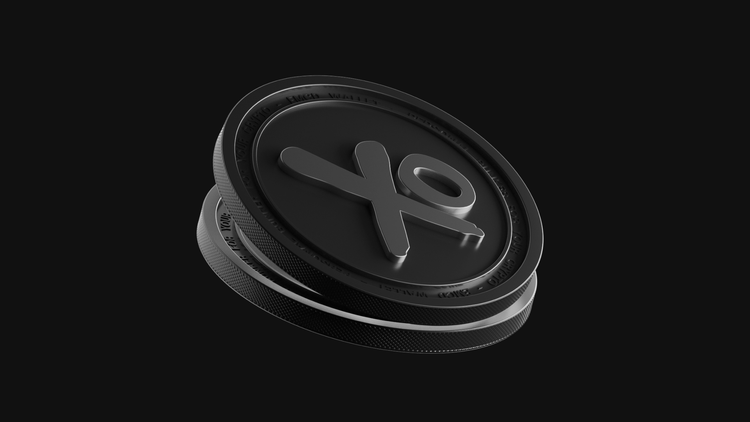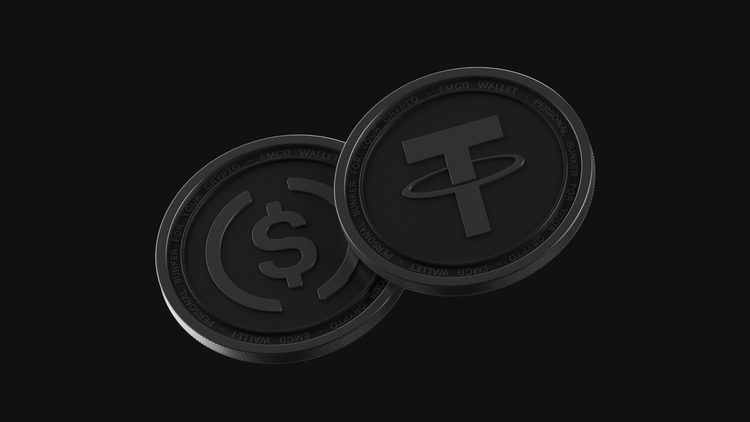How Crypto Savings Differ from Staking

Understanding how crypto savings differ from staking is essential for anyone exploring hands-off strategies with digital assets. Both options let users receive rewards, but the mechanics, risks, and outcomes are not the same. Think of them as two different routes: one goes through a platform that manages your balance for set terms, while the other connects directly to the blockchain itself. Knowing the difference helps choose what’s better for your goals.
What is crypto savings?
Crypto savings usually refers to placing tokens into an accumulation wallet or saving plan on a platform. It’s like parking your coins in a digital locker where the platform sets rules for payouts. You don’t need to monitor charts or trade daily, the focus is on keeping balances active for a period of time. This option appeals to those who value predictability, a simple onboarding process, and clear visibility of balances through an app interface.
How crypto savings accounts work
Accounts are structured through agreements where the platform uses pooled balances for internal strategies or partner services. Users receive payouts depending on the size of their balance and the chosen term. Typically, the process involves topping up with tokens such as USDT, BTC, or ETH, leaving them active for a flexible or fixed period, and tracking payouts in the app. It feels closer to a service arrangement than to direct blockchain participation.
What is staking in crypto?
Staking, by contrast, takes place directly on the protocol. Tokens are locked in a staking contract to support validation and block creation. In return, participants receive staking rewards defined by blockchain rules. If crypto savings is like leaving coins with a platform to manage, staking is more like handing them to the network itself, with validators acting as referees. Both require commitment, but the mechanics — and the risks — differ.
How staking mechanisms function
In proof-of-stake networks, validators confirm transactions and add new blocks. Token holders can run their own validator node or delegate to one. Rewards are shared proportionally, vary with network activity, and may be reduced through slashing penalties if validators misbehave. Unstaking often involves waiting several days or even weeks. Unlike saving plans, staking terms are coded into the protocol and cannot be changed by a company.
Key differences between crypto savings and staking
The difference between staking and saving crypto comes down to who controls the rules, what risks apply, and how payouts are made.
| Aspect | Crypto savings | Staking |
| Source of rewards | Platform-level agreements | Protocol rules in proof-of-stake |
| Commitment | Flexible or fixed placement | Lock periods set by network |
| Risk factors | Platform reliability, rate adjustments | Validator slashing, network downtime |
| Access to funds | Daily or monthly payouts | Unstaking delays possible |
| Ease of use | Simple wallet top-up | Requires validator choice & delegation |
Risks and rewards of crypto savings
Saving plans offer structure and predictability. Users appreciate that payouts are visible and terms are straightforward. At the same time, they depend on the platform’s stability, and rates can change. In short, savings provide convenience but involve counterparty dependence.
Risks and rewards of staking
Staking ties directly to blockchain participation. It can offer attractive payouts during active periods and gives users a role in decentralization. But challenges include validator penalties, technical complexity, and delays in unlocking balances. In short, staking is protocol-driven and authentic but carries more operational risk.
Crypto savings vs staking what’s better?
The question of crypto savings vs staking what’s better depends less on numbers and more on personality. Those who prefer clarity and predictable tracking may lean toward savings, while users confident with blockchain mechanics may choose staking. Neither option is universally better; each has its place depending on how long you plan to hold and how much complexity you are ready to manage.
Which option fits different holders?
Long-term holders often prefer saving plans because of steady payouts. Enthusiasts who want to strengthen blockchain networks tend to stake their tokens. Beginners usually start with savings because the entry is simple, while advanced users sometimes combine both models to balance stability and higher potential outcomes.
Final thoughts and recommendations
When comparing how crypto savings differ from staking, the right choice is not about ‘which is best’ but about ‘which is best for you.’ Savings feel like a partnership with a platform, while staking is a handshake with the blockchain.
The decision ultimately rests on three variables:
- risk tolerance
- time horizon
- comfort with technical complexity
Make choices based on these factors, not just on headline rates.
FAQ
What is the main difference between crypto savings and staking?
Savings rely on platforms, while staking relies on blockchain protocols.
Which option gives higher returns: savings or staking?
It varies: staking may be higher during active periods, while savings are more stable.
Are crypto savings safer than staking?
Both carry risks: savings depend on platform reliability; staking risks come from validator behaviour.
Can I lose my funds in staking or savings accounts?
Yes, losses can occur in both cases.
Do both savings and staking allow flexible withdrawals?
Not always. Some saving plans are flexible, while staking usually requires an unstaking delay.
Which is better for beginners in crypto investing?
Savings are usually easier for beginners, while staking requires more technical knowledge.




